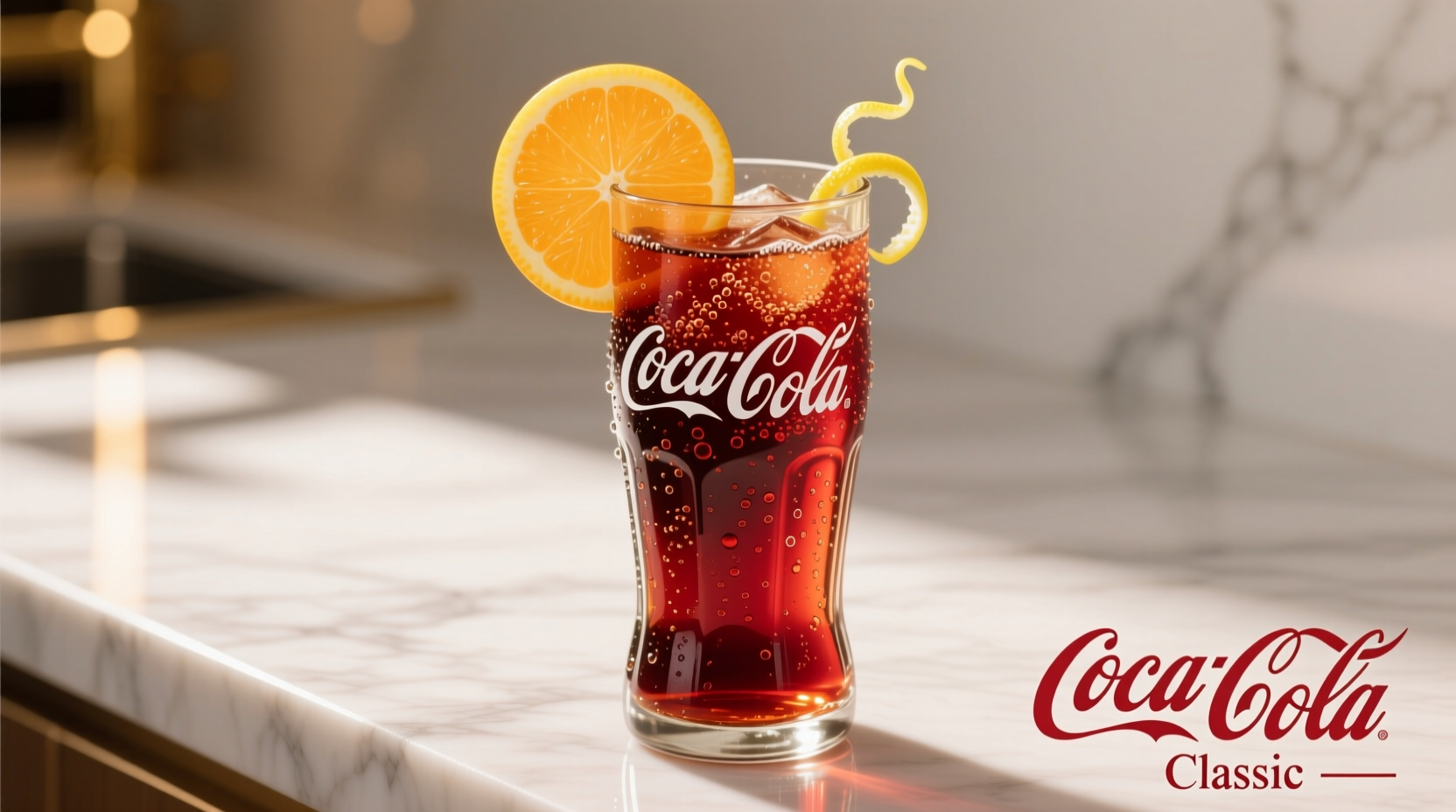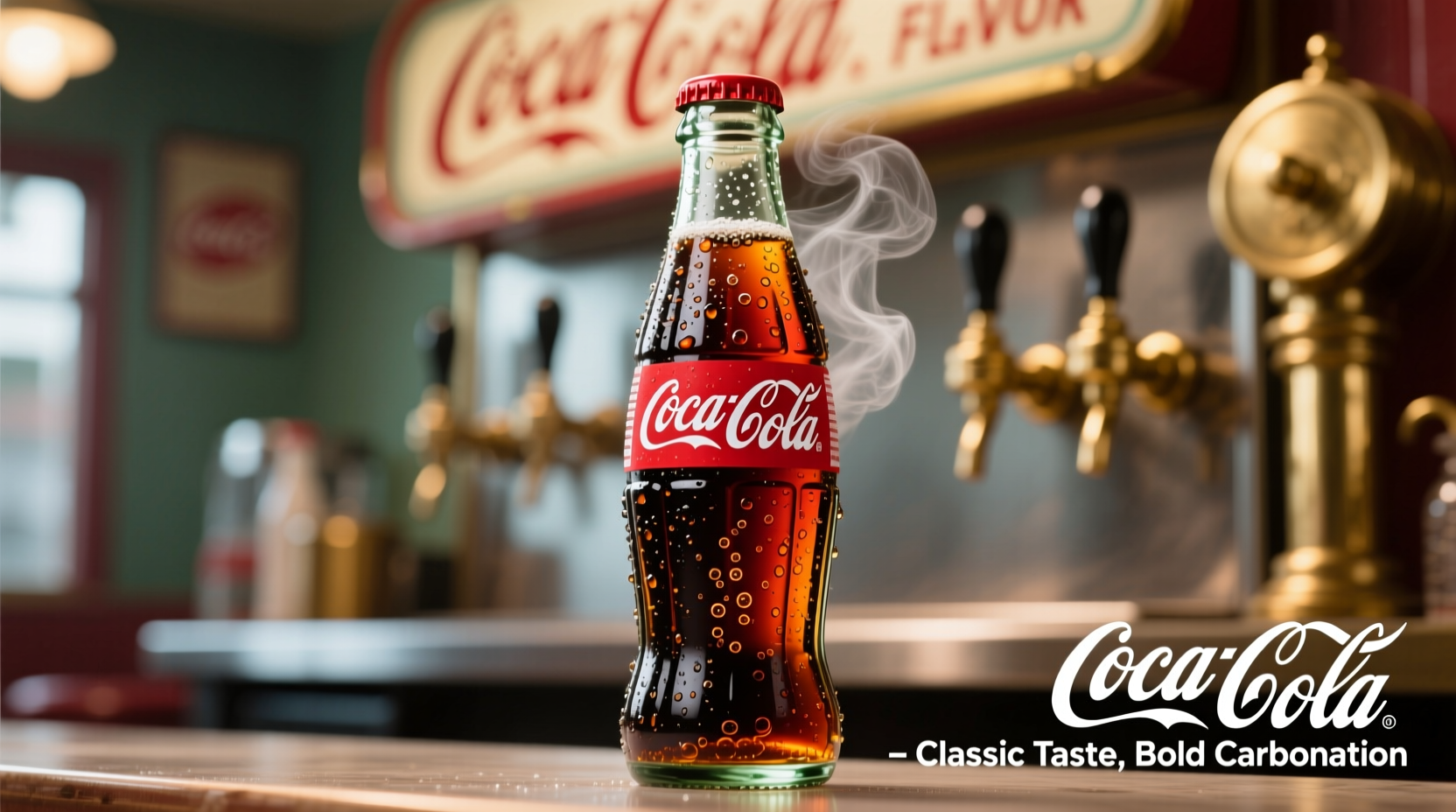Ever wondered what gives Coca-Cola that unmistakable taste you recognize instantly? You're not alone. Millions of curious consumers have tried to decode the signature flavor profile that has captivated palates worldwide since 1886. Let's explore the science and history behind what makes Coke taste the way it does.
The Science Behind Coca-Cola's Flavor Chemistry
Food scientists who've analyzed cola beverages identify several key flavor components that work in harmony. The citrus notes primarily come from essential oils extracted from lemon, orange, and lime peels. These volatile compounds provide the bright, refreshing top notes that hit your palate first.
Vanilla contributes a smooth, creamy undertone that balances the citrus brightness. Meanwhile, the spice blend—believed to include cinnamon, nutmeg, and possibly coriander—adds complexity and depth. This combination creates what flavor chemists call "layered flavor release," where different notes emerge at various stages of consumption.

How Coca-Cola's Flavor Has Evolved Over Time
Understanding the historical context helps explain why Coca-Cola tastes the way it does today. The original formula created by pharmacist John Pemberton contained coca leaf extract (which included cocaine) and kola nut (providing caffeine). As regulations changed and consumer preferences evolved, the formula underwent several significant adjustments while maintaining its core identity.
| Year | Flavor Development Milestone | Key Changes |
|---|---|---|
| 1886 | Original formula created | Contained coca leaf extract and kola nut; sold as medicinal tonic |
| 1903 | Removal of cocaine | Coca leaf extract processed to remove cocaine while retaining flavor components |
| 1985 | Introduction of "New Coke" | Sweeter formula with more corn syrup; reverted after public backlash |
| 2017 | Sweetener adjustment | Transition from high-fructose corn syrup to sugar in some markets based on consumer preference |
How Coca-Cola Compares to Other Cola Beverages
While all colas share certain characteristics, subtle differences in flavor composition create distinct taste experiences. The specific ratio of ingredients and proprietary processing methods determine each brand's unique profile.
| Cola Brand | Primary Flavor Notes | Key Distinguishing Characteristics |
|---|---|---|
| Coca-Cola | Citrus, vanilla, spice blend | Balanced sweetness with distinctive citrus-spice profile and subtle vanilla notes |
| Pepsi | Sweeter citrus, stronger vanilla | Higher sugar content creates more pronounced sweetness and stronger vanilla presence |
| RC Cola | Milder citrus, less spice | Softer flavor profile with less pronounced spice notes and milder citrus elements |
| Store Brand Colas | Basic citrus, simplified profile | Often emphasize citrus notes while minimizing complex spice elements |
Why You Can't Replicate Coca-Cola's Exact Flavor at Home
Many home experimenters have tried to recreate Coca-Cola's flavor using publicly available ingredients. However, several factors make exact replication impossible:
- Proprietary processing methods: How ingredients are combined and processed affects flavor development
- Water composition: Coca-Cola uses highly filtered water with specific mineral content
- Carbonation level: Precise CO2 pressure affects how flavor compounds interact with taste receptors
- Ingredient ratios: The exact proportions remain secret and likely vary by market
Practical Takeaways for Flavor Exploration
If you're curious about experiencing Coca-Cola's flavor components more consciously, try these techniques:
- Temperature matters: Chill Coca-Cola to 34-38°F (1-3°C) to enhance the perception of citrus notes
- Sip slowly: Allow the beverage to coat your entire palate to experience the layered flavor release
- Compare side-by-side: Taste Coca-Cola alongside other colas to identify distinctive elements
- Try ingredient isolation: Sample pure vanilla extract, citrus oils, and spices separately to recognize their presence in the blend
Understanding what gives Coca-Cola its distinctive flavor isn't just about satisfying curiosity—it helps you appreciate the sophisticated flavor engineering that goes into creating a globally recognized taste experience. While the complete formula remains protected, knowing the key components enhances your sensory experience with every sip.











 浙公网安备
33010002000092号
浙公网安备
33010002000092号 浙B2-20120091-4
浙B2-20120091-4